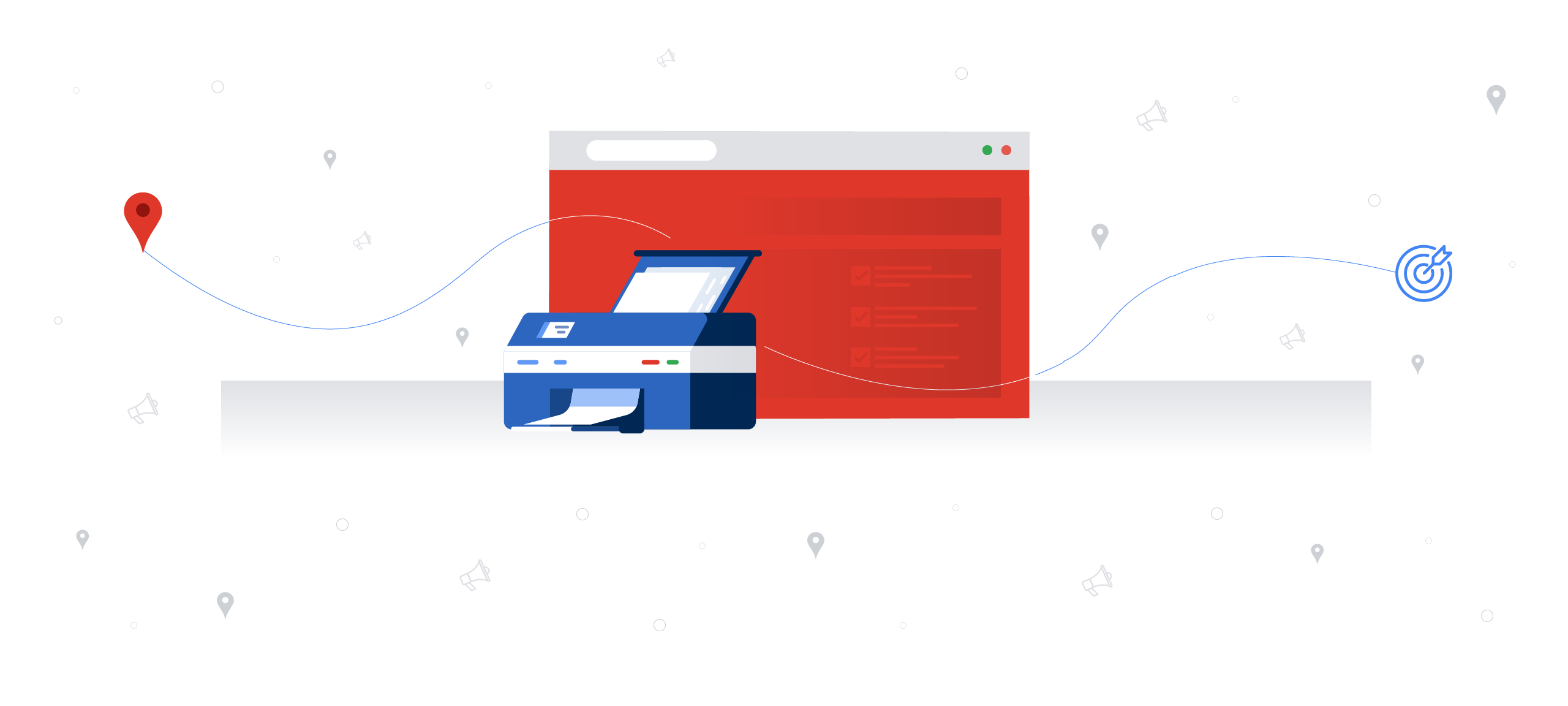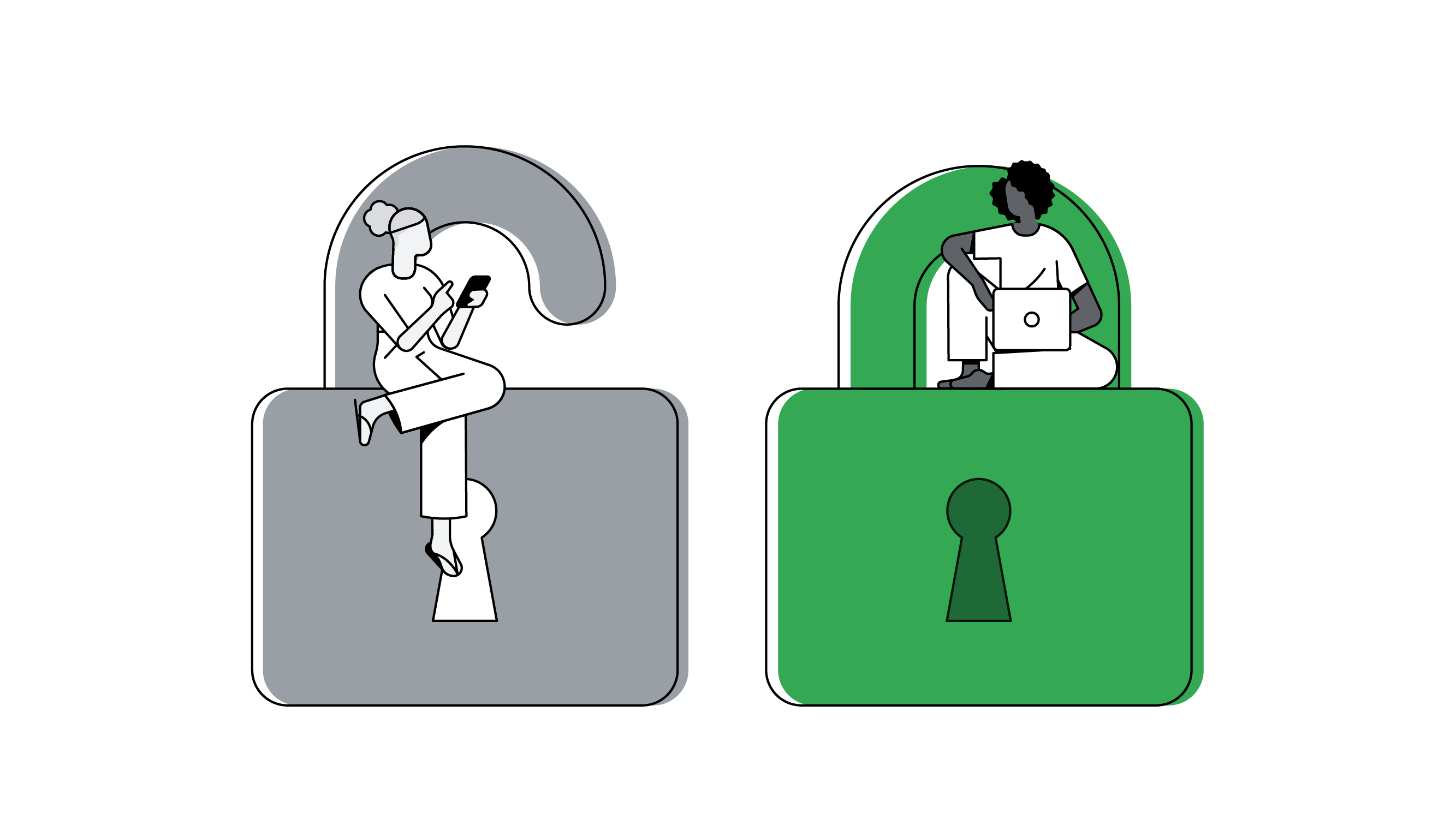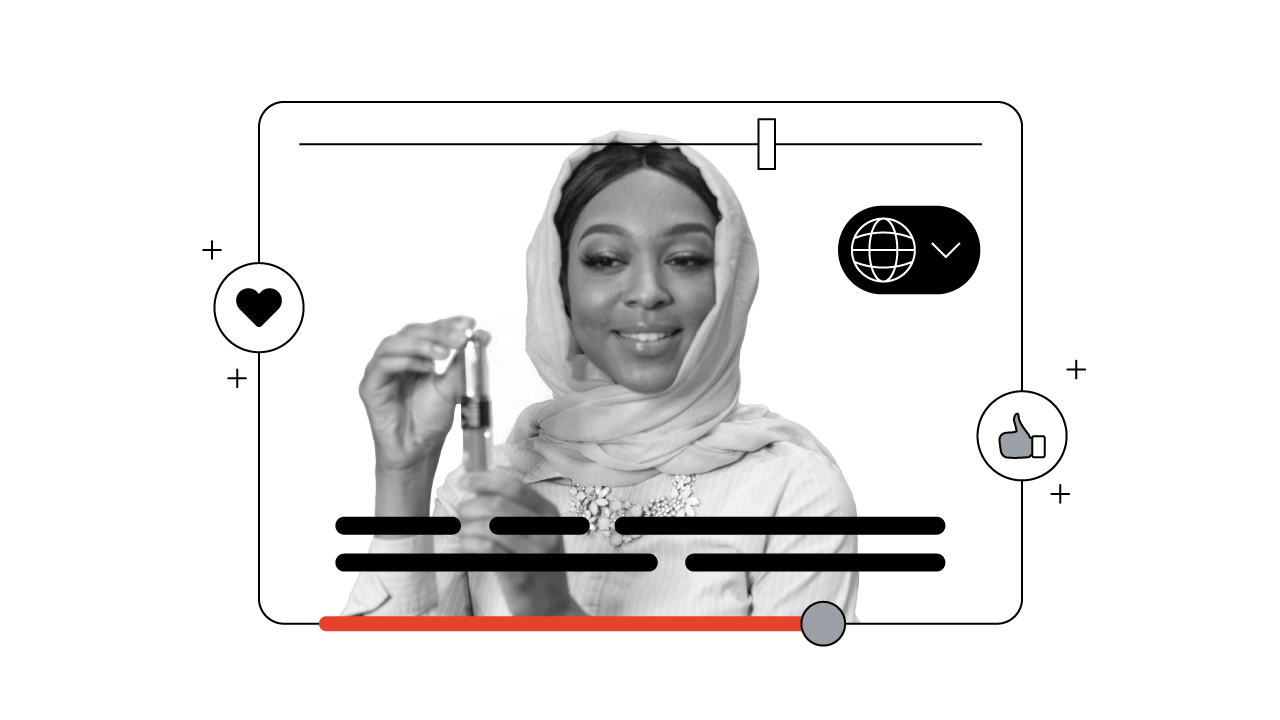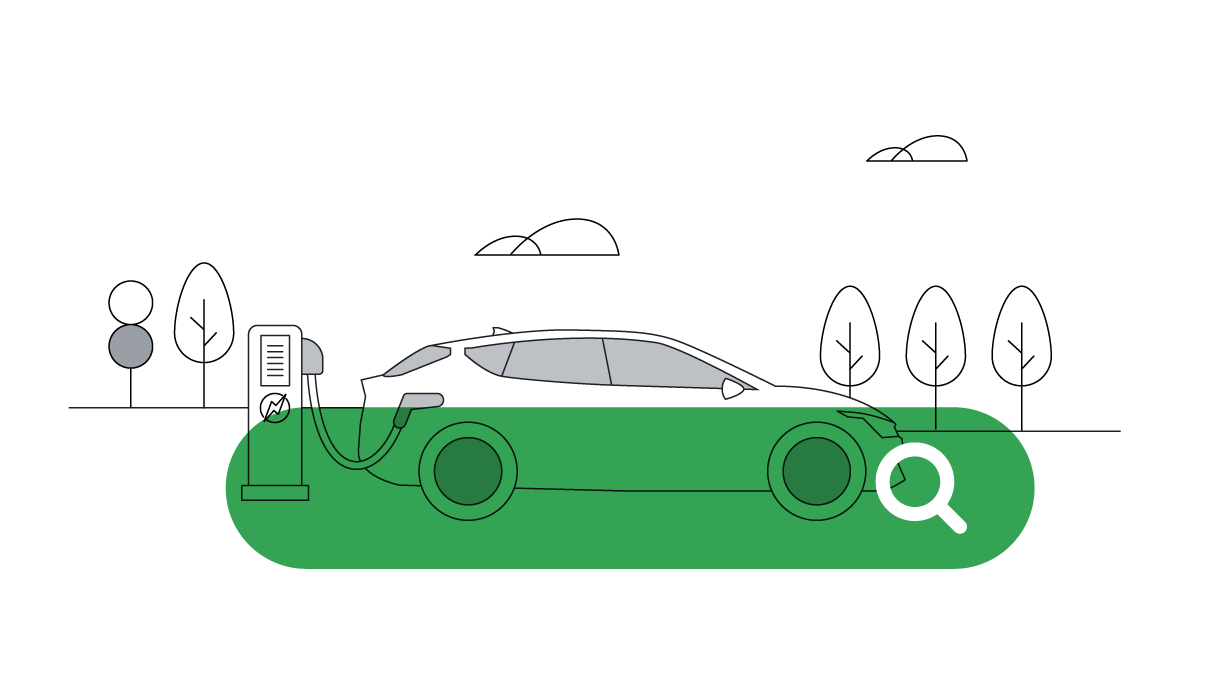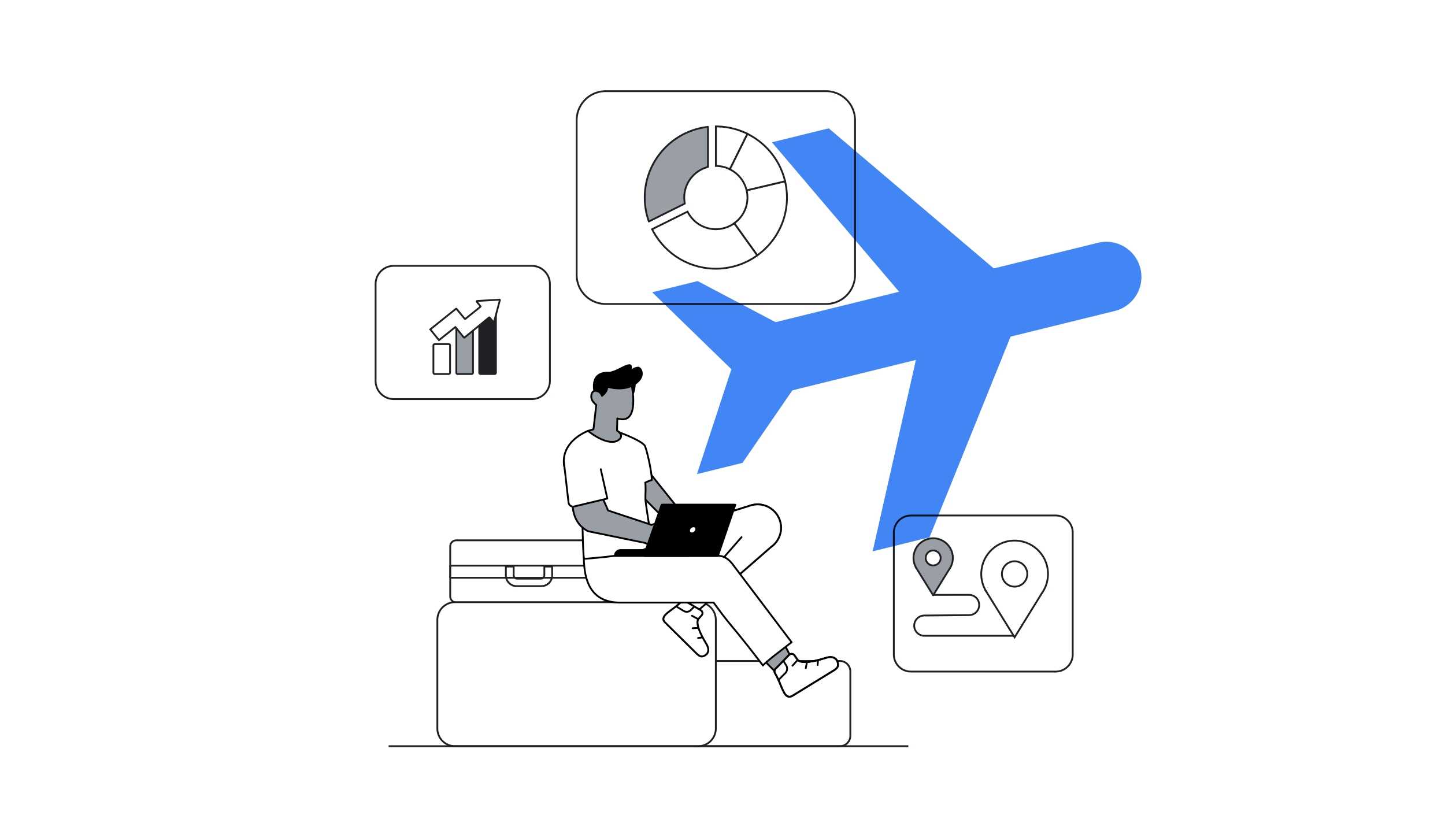How leading executives use insights to drive growth
Guest
Published
February 2020Share this page
How leading executives use insights to drive growth
February 2020What do old-school market research, informal focus groups, and an empty chair have in common? They’re just a few of the many ways that Shinola’s Tom Lewand, JPMorgan Chase’s Kristin Lemkau, and Volkswagen Spain’s Albert Garcia discover marketing insights that will drive business growth.
Tom Lewand: You can use the machine learning and AI to create personal experiences, and
what we hear from our customers regularly is we don’t want to be a bunch of dots and spots.
We want to have a relationship with you.
Kristin Lemkau: Like most people, we do real-time testing and get actual customer feedback and
try to co-create with customers.
I still believe good, old-fashioned market research with strong quant is an important practice.
And then, from the analytics themselves, you can start to see certain trends.
For example, one of our most successful product launches was a card called Sapphire Reserve.
Market research told us that millennials were valuing experiences more than stuff, and we
loaded up the benefit of that card around travel and dining and
people understood the rational value for the card, but they also understood the aspirational
value of it, and it took off in a way that we didn’t expect.
Albert Garcia: Last year, we changed the whole organization in order to create a customer
experience department.
Before we launch anything, it’s really our challenge to ensure that we are enhancing
people’s experience.
We always leave an empty chair in the table, and we always say that this is the customer’s chair.
So we always have their idea or their point of view when we are deciding things.
And it’s something which the teams are really understanding, when there’s an empty chair there.
Speaker 1: Do you literally have an empty chair there?
Albert Garcia: We literally have an empty chair in every meeting.
Tom Lewand: We did a lot of work with our core customers, and what they clearly told
us loud and clear is they don’t want a typical loyalty program.
They don’t want to be incentivized.
They want to be included.
They want to be a part of our process — so things, doing Google Hangouts with some of
our core customers to show them the product roadmap.
Doing things like informal focus groups or shopping events where they’re giving us
feedback on future product development or telling us where we should take those things.
That, in turn, then gives us a built-in sort of double reward system where we’re being
rewarded by their phenomenal insight, they’re being rewarded because they feel closer to
the brand than any loyalty program could have made them feel.
Now we’re working at ways to scale that, but in ways that are thoughtful and not too
regimented or certainly not too systematized.
Others are viewing
Marketers who view this are also viewing
-
Case Study
![]() Case Study
Case StudyBreaking through borders: How automation and a lean campaign structure can help international growth
-
Report
![]() Report
ReportPersonalisation guide: How to capture and analyse first-party data
-
Article
![]() Article
ArticleThe AI Handbook: Resources and tools to help marketers get started
-
Article
![]() Article
ArticlePeople take their privacy more seriously than you’d expect — brands should too
-
Article
![]() Article
ArticleYouTube trends: Unusual, new storytelling formats that viewers are loving right now
-
Case Study
![]() Case Study
Case StudyDriving into the future of advertising: How Kia U.K. lifted conversion value on Search
-
ArticleArticle
Searches are getting more specific. This can help you spot early intent
-
Article
![]() Article
Article5 tips for marketing mix modelling in today’s travel industry
